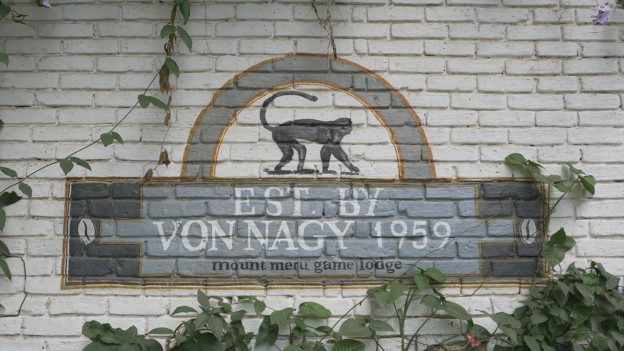Arusha National Park, located in eastern Tanzania, is considered to be one of the most diverse wildlife national parks in Africa. Few would think that the founder of the national park was founded by a Hungarian refugee, Endre Nagy.
Dr. Endre Nagy was born in 1913 and, after his legal studies, served in the gendarmerie from an early age, moving up and up the leaderboard. However, he was imprisoned during World War II because he refused to divorce his Jewish wife. He met László Rajk in prison, so after his release, he settled in Hatvan and became the number one organizer of the party’s hunt.
Although he joined the Hungarian Communist Party, he had to flee the country because of the State Protection Authority. According to his recollections, the well-to-do lifestyle which he maintained due to hunting caught the party leadership’s eyes. Endre Nagy fled to Düsseldorf, where he learned German and English. In 1954, he appeared here as one of the organizers of the hunting exhibition and received the Hungarian delegation, because of which had to flee Hungary, as an organizer.
Since he was a distant relative of the famous African researcher Kálmán Nagy Kittenberger, he had heard a lot about Tanganyika (present-day Tanzania) during his joint Balaton vacation and he decided to buy a property in Tanganyika. At the estate of Endre Nagy in Tanganyika, the Hungarian friends, politicians, and even Julius Nyerere, the leader of the country, formed a close and friendly relationship with each other.
This is where Endre Nagy established his park, which is today the Arusha National Park. The hunter’s name lives on in eastern Tanzania in Africa, and many people remember the Hungarian hunter as “Doctor”. However, after a brief stay he had to flee Tanzania and returned to Budapest in 1971 enjoying the support of the Kádár system. Endre Nagy died in 1994.


